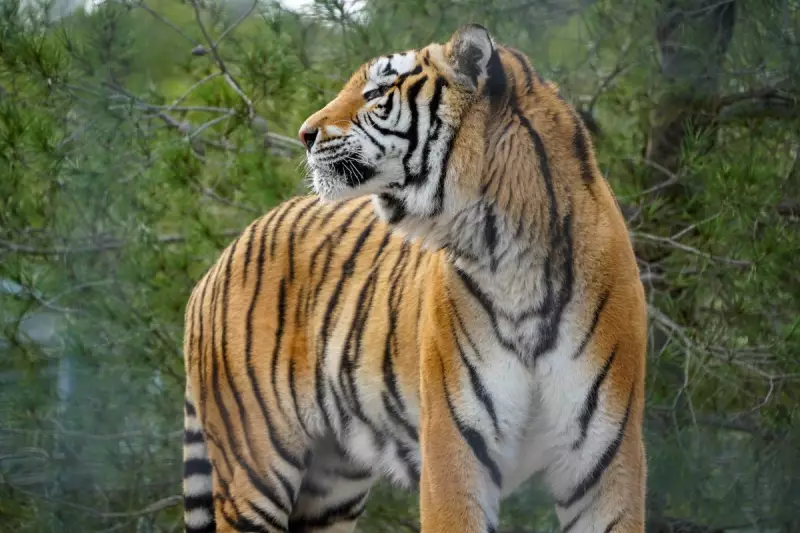
In an extraordinary rescue mission that reads like a modern-day wildlife fairytale, a stunning tiger named Dasha has found sanctuary at Bristol's Wild Place Project after being saved from challenging circumstances.
The magnificent big cat was rescued from Noah's Ark Zoo Farm in Wraxall and has now begun her new life in a specially designed habitat at the conservation park. Wildlife experts report that Dasha is settling remarkably well into her new surroundings, showing increasing confidence and curiosity about her environment.
A New Beginning for a Majestic Creature
Dasha's transfer represents a significant achievement for animal welfare organisations working collaboratively to ensure the best possible care for endangered species. The tiger's new home at Wild Place Project has been meticulously crafted to mimic her natural habitat, providing both physical comfort and mental stimulation.
"Seeing Dasha explore her new territory with such evident pleasure has been incredibly rewarding for our team," shared one of the conservationists involved in her care. "She's displaying all the natural behaviours we hope to see in a tiger adjusting to a new environment."
Conservation Efforts Making a Difference
This successful relocation underscores the vital role that UK wildlife sanctuaries play in global conservation efforts. Bristol's Wild Place Project has established itself as a crucial haven for animals requiring specialised care and protection.
The project not only provides immediate sanctuary but also contributes to broader conservation education, helping visitors understand the challenges facing big cats in the wild and the importance of preserving their natural habitats.
Dasha's story serves as a powerful reminder of the positive impact that dedicated conservation work can have on individual animals and species preservation as a whole. Her journey from rescue to rehabilitation demonstrates how collaborative efforts between wildlife organisations can transform lives.
